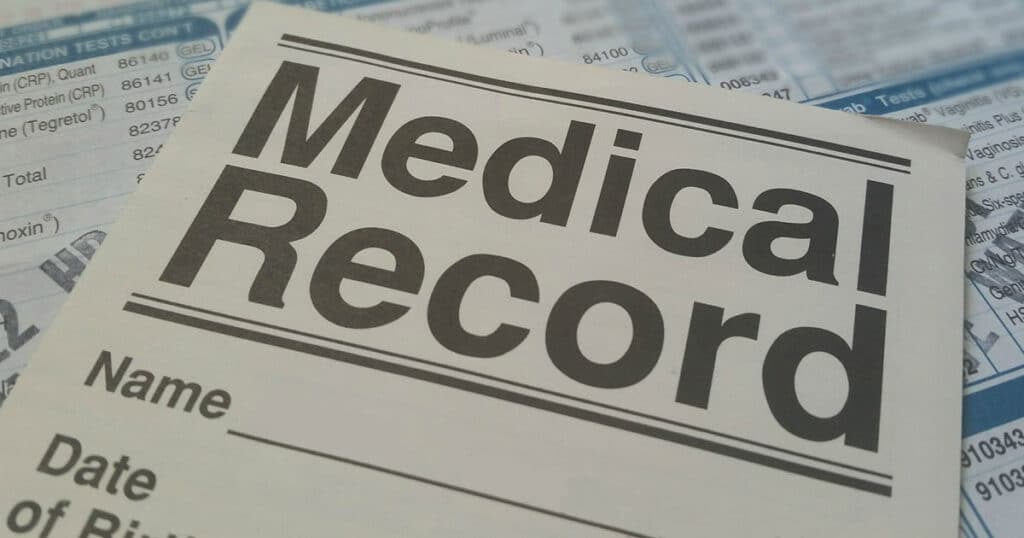How does Social Security Determine a Listed Impairment?
Home » Applying for SSDI » How does Social Security Determine a Listed Impairment?
Social Security decides whether you are disabled using a five-step process called the Sequential Evaluation Process. The third step in the five-step process asks whether your condition(s) meets or equals a “Listed Impairment.” There are separate listings for children and adults, which can be found on Social Security’s website.
Meeting The Listed Impairment
Meeting a Listed Impairment can be hard, but if you do meet a listing, you automatically qualify for benefits. Social Security has very strict standards about what illnesses or conditions meet which listing. Just because you have been diagnosed with a disease or condition, like COPD or congestive heart failure, doesn’t necessarily mean that you meet a listing. Your medical records and medical treatment need to demonstrate a certain level of severity, shown through diagnostic imaging, lab results, or other clinical testing, in order for you to be found disabled under a listing impairment.
If You Don’t Meet The Listed Impairment, Don’t Worry – You’re Not Out, Yet
Even if you don’t “meet” a listing, you can still be found disabled if you “equal” a listing. If you equal a listing, it means that the severity and effects of your impairment are so similar to a listed impairment that you should be found disabled under that listing. You can also equal a listing by showing that all of your conditions, when considered together, equal the severity of a listing impairment.
Example:
Imagine you had a foot problem that limits you to standing for only four hours per day. That’s a severe impairment, but by itself likely isn’t enough to be considered disabled.
Now, imagine that instead of the foot problem, you had a shoulder problem that limits your ability to reach up, or lift heavy objects. That’s also a severe impairment, but by itself likely isn’t enough to be considered disabled.
Neither of those impairments alone would “meet or equal” or a listing. But, if you had both the foot problem and the shoulder problem, then those together might be enough to be considered disabled.
Meeting or Equaling Isn’t The Final Factor
If you don’t meet or equal a listing, the process doesn’t stop. Instead, you’d move on to Step 4, Past Relevant Work.
Give Yourself The Best Chance to Get Disability Benefits
Since it is can be difficult to prove that you meet or equal a listing, consulting with an advocate can greatly improve your chances of having your claim approved under a listing impairment. It is also important to remember that even if you don’t meet or equal a listing, you can still win your Social Security Disability Claim.

Linda Cosme formerly served as a Member of the Appeals Council (AC) for the Social Security Administration (SSA), and Program Expert for the Social Security Administration and Disability Quality Branch (DQB). Ms. Cosme also served as a Quality Assurance (QA) Reviewer, Initial Disability Examiner, Reconsideration Disability Examiner, and Continuing Disability Examiner (CDR) for the Disability Determination Services (DDS). She is admitted to practice law in Arizona, Georgia, and the United States Ninth Circuit Court of Appeals.
It is easy to get started.
It is easy to get started. No upfront costs – You only pay if we win!
Oops! We could not locate your form.









